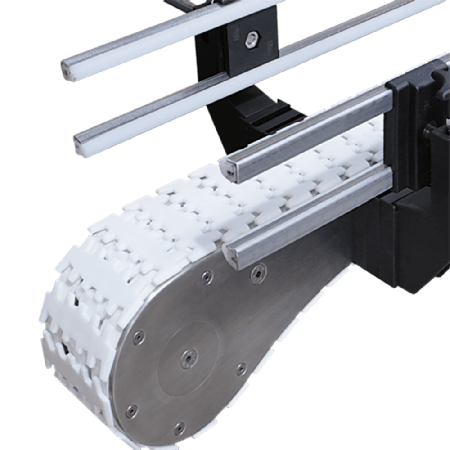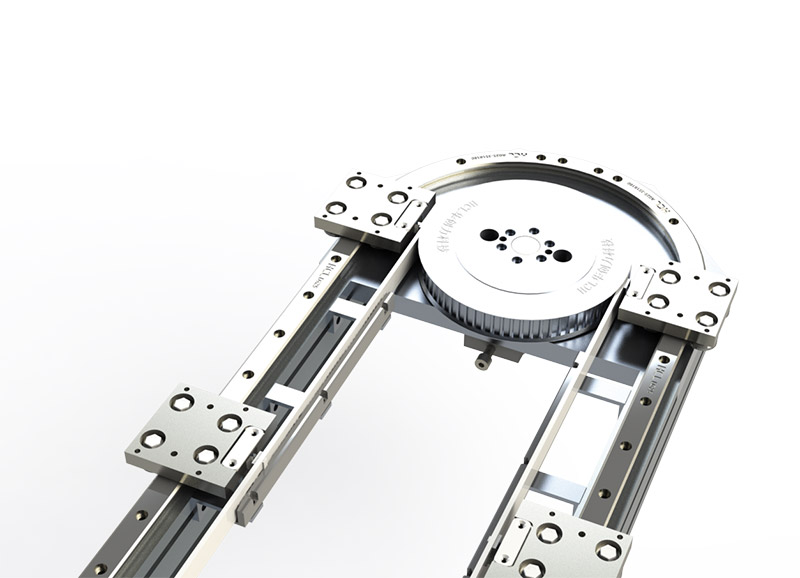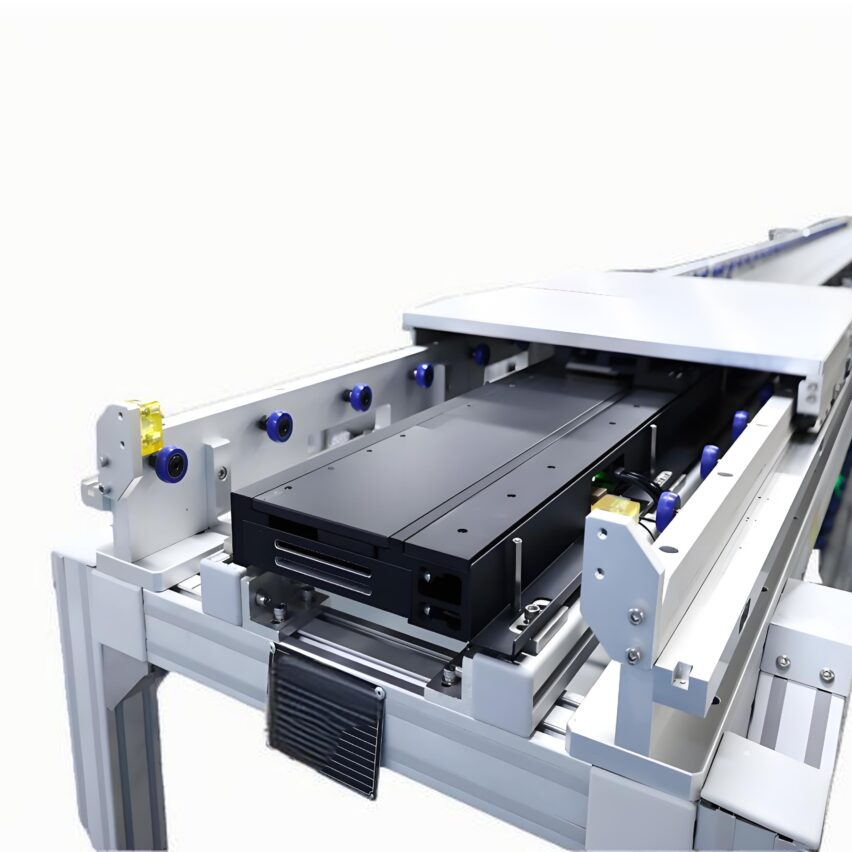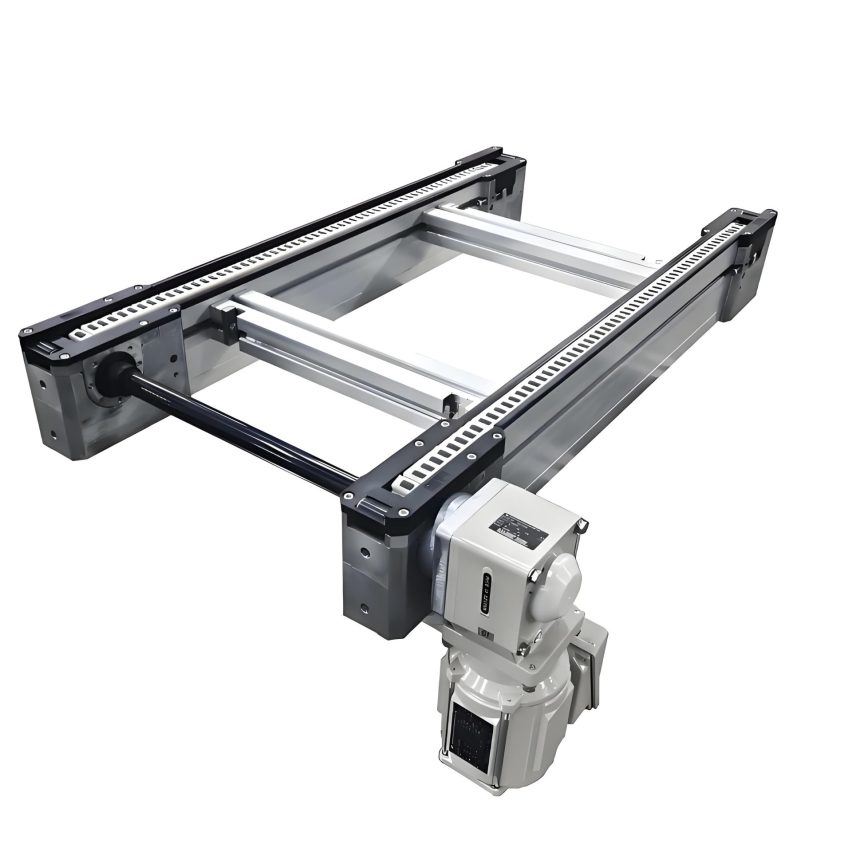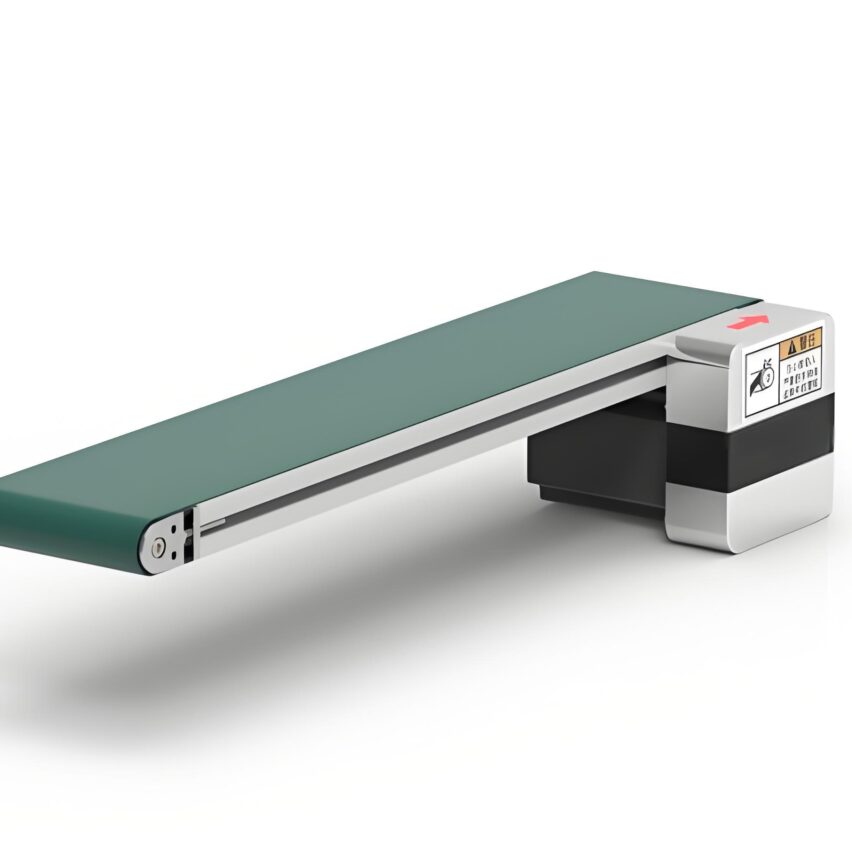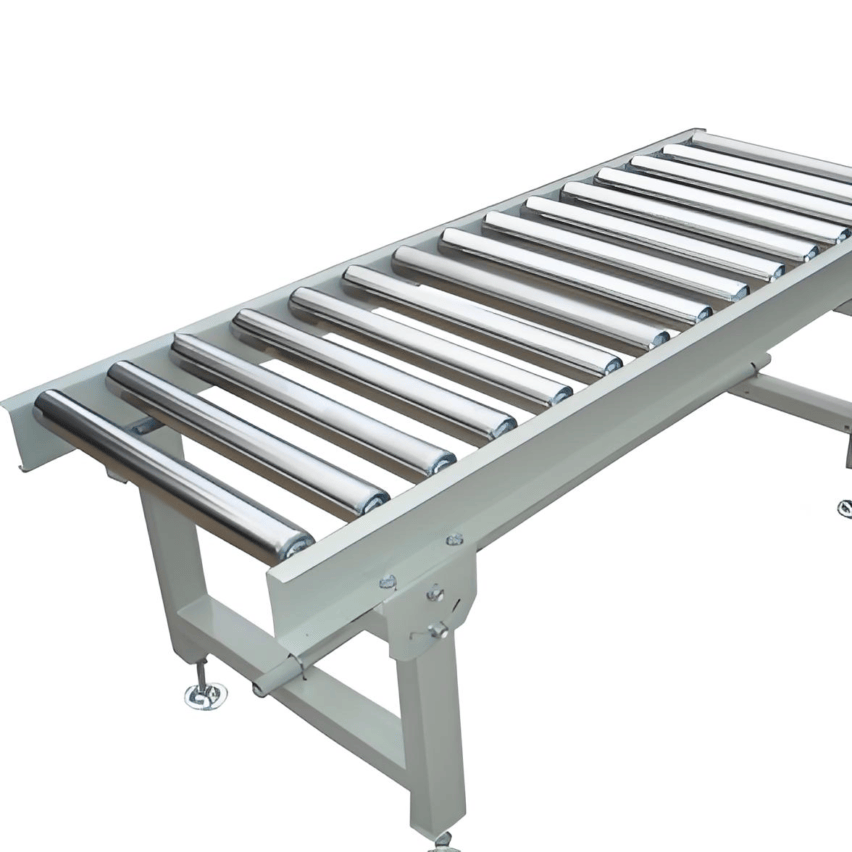When I first took over the transformation project of the Dongguan electronics factory, the boss pointed to the aisle stuffed with semi-finished products and asked me: "The site is so big, the order has doubled, we can't demolish the building, right?" --This dilemma is precisely where the value of the double-double chain lies. But don't rush to order! Last year to help a factory in Shenzhen custom production line, they originally planned on the double layer, the results of a calculation found that a single layer of upgraded motor more cost-effective. Today I will use the experience of stepping on the pit, dismantle theA guide to avoiding pitfalls in the whole process from requirements to landing.
I. Needs diagnosis: don't let the "double layer" kidnap the budget
Ask yourself: should all space deficits be for a double decker?
Not necessarily! Let's look at these three sets of data comparisons first:
| take | Select Double Speed Chain | Selection of single-layer optimisation solutions |
|---|---|---|
| Workshop area <300m2 | ✓ Space Saver 40%↑ | ✗ Higher cost of expansion |
| Product weight ≤50kg | ✓ Controllable cost of light duty chains | ✗ Heavy loads require reinforcement at double the price |
| Daily output >5000 pieces | ✓ 2 persons handling in return province | ✗ Additional manpower required for turnaround |
Last year, a power plant in Zhuhai renovation, blindly selected the double layer, the result is that the average weight of the product 80kg, chain three months on the deformation.Remember: when the field > 500 m² or a single product is over 80 kg, it is more cost-effective to upgrade the motor of the single-layer line from IE3 to IE4 permanent magnet synchronous, with a speed increase of 151 TP3T.
Second, structural design: these three parameters are wrong full collapse
Ask yourself: why do some factories always cardboard their double-layered lines?
Eighty percent of the time, they didn't eat up the golden ratio of the group:
- difference in floor height: Upper and lower track spacing ≥350mm (otherwise the board return machine is unstable)
- Workpiece plate clearance: Width 5 mm narrower than the rail (e.g. inner rail width W = 500 mm, plate width = 495 mm)
- Gradient of the loader: Cylinder lifting angle must be ≤8° (the angle over 10° is easy to overturn the work plate)
▶️A case of blood and tears: Xiamen, an electronics factory design did not control the slope, jacking instant board "crackling" down, scrapped 200 mobile phone cases per day.
Third, the selection of the calculation: do not let the formula fool you
Ask yourself: is the motor power given by the supplier reliable?
Do your own calculations! Take the washing machine production line for example:
Maximum tension T = 9.8 × [(W₁ + M) × L₁ × f₁ + W₂ × L₂ × f₂ + ...]
- W₁ Conveyor section loads: 200kg/m (washing machine + work board)
- L₁ conveying length:: 15m
- f₁ Coefficient of friction: 0.08 (alloy steel chain + oil-free working conditions)
- M-chain deadweight: 2.4kg/m
→ Calculate T ≈ 7.56 kN →Motor power P = (T × V)/(54.5 × η)
When the chain speed V=7.74m/min, efficiency η=80%, P≈1.34kW
⚠️beware of pitfallsIf the supplier calculates the power as "full load start", it will enlarge the P to 1.8kW - earning you an extra 30% difference in the price of the equipment!
Fourth, the installation of six taboos: save a day of work loss of 100,000 maintenance fees
Ask yourself: the installation team said "the floor is almost level"?
Lift the table and walk away! Last year Suzhou PV plant was buried in mines due to 3mm unevenness:
- Horizontal calibration: Adjustment with laser level, tolerance ≤ 1mm/m
- Chain tensioning: Sagging controlled within span 2% (e.g. 10m span sag ≤ 200mm)
- Drive shaft alignment: Coaxiality deviation>0.1mm→Bearing must be burnt in three months.
▶️reverse operationGuangzhou, a factory insisted on using a hammer to measure the verticality, the results of the error of more than 3mm, the chain deflection scraped the guide rail, maintenance costs enough to reload two lines.
V. Maintenance costs: saving fuel is burning money
Ask Yourself: Can Self-Lubricating Chains Really Be Maintenance-Free for Three Years?
Look at the working conditions! Compare these two types of chains:
| Maintenance indicators | Self-lubricating chain | Common alloy steel chain |
|---|---|---|
| lubrication cycle | 6 months (labour saving) | Weekly (48 man-hours per year) |
| Cost per consumable | 0元 | Grease $200/month |
| Applicable Scenarios | Electronic/Medical Clean Environments | Dusty automotive welding lines |
| the life trap | Lubricant failure is accelerated by 3 times at high temperatures | Regular refuelling is more resistant to high temperatures |
An auto parts factory in Hebei used self-lubricating chain in the welding line, and the temperature of the workshop reached 50℃, as a result, the chain was worn out over the limit in half a year---High-temperature workshop choose ordinary chain + high-temperature grease, instead of saving 20,000 yuan per year to change the chain fee.
personal viewpoint
Dry production line planning for fifteen years, the most afraid of two kinds of customers: one is "to be double-decker appear advanced" of the tycoon boss, the second is "which is cheap to buy which" of the procurement.Those who really know what they're doing will be looking at the "output per kWh of electricity in the chain."--
- Electronics factory producing in an office building? Rental savings from double chain > equipment difference;
- Spacious floors in auto parts factories? Putting a single layer of wire on theInverter motor + photoelectric sensing matching, energy consumption is 20% less than some double layer lines.
The next time a vendor blows the whistle on "Power Saver 40%", get him to produce real-world data after three years of wear and tear. Remember.Half of the cost saved is in the meter and half in the countdown to a faulty shutdown.




